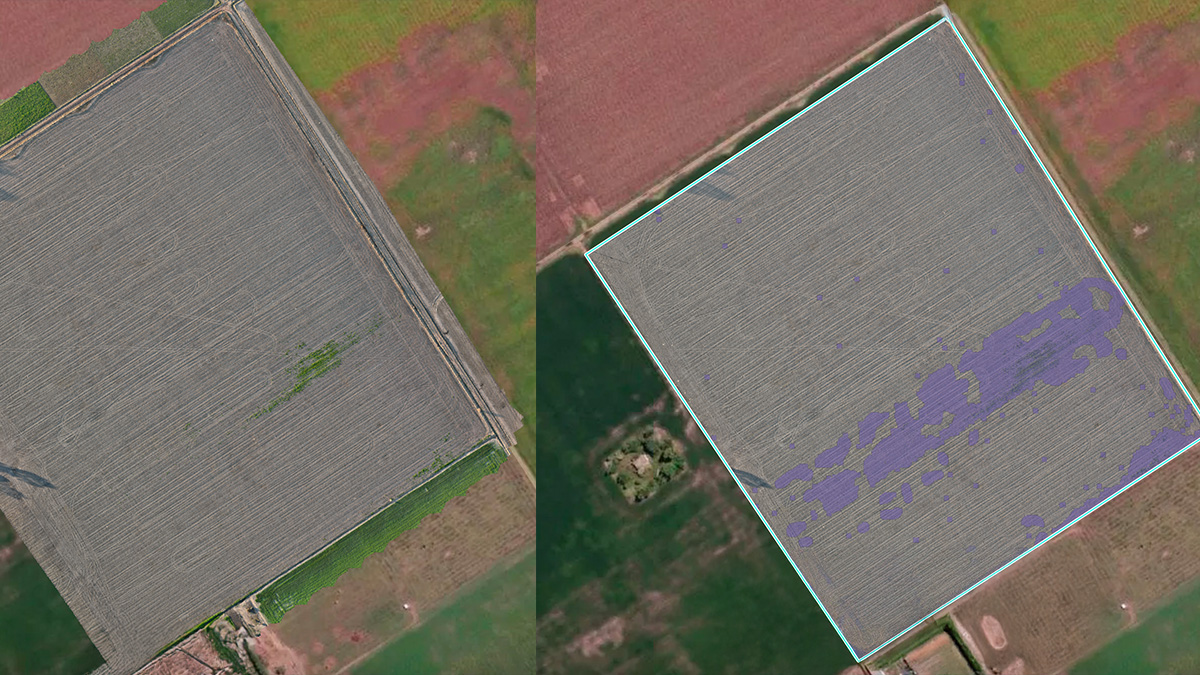PIX4Dcatch RTK: learn the best capture practices (1)
Accident reconstruction is a critical yet challenging task, pivotal in deriving accurate insights from collision scenes. Traditional methods like measurement tapes and total stations have been the standard, but they come with significant drawbacks. Measurement tapes are slow and prone to human error, leading to potential biases in court proceedings. Total stations, though more accurate, require extensive technical expertise and pose risks, especially when accidents occur on highways or busy streets. PIX4D introduces a groundbreaking alternative with the PIX4Dcatch RTK workflow, addressing these challenges head-on and setting a new standard in accident reconstruction.
The PIX4Dcatch RTK Edge: Speed, Precision, and Safety
Rapid and Precise Data Collection: Traditional tape measurements are not only time-consuming but also lack the precision required for accurate reconstruction. The PIX4Dcatch RTK workflow, on the other hand, offers a fast and highly precise data collection process, crucial in situations where every minute counts.
Reduced Field Time and Personnel Risk: Operating a total station requires technical personnel to be on the field, a risky endeavor in high-traffic areas. PIX4Dcatch RTK, in contrast, minimizes the time and personnel needed on-site, thereby reducing exposure to potential accidents. In fact, the Federal Highway Administration's Traffic Incident Management Program highlights a startling statistic: "for every minute the primary incident remains a hazard, the likelihood of a secondary collision increases by 2.8%". PIX4Dcatch RTK's speed in data acquisition significantly mitigates this risk, making it a game-changer in incident management. This not only ensures the safety of the forensics team but also lessens the inconvenience caused to the general public in form of traffic jams.
All-Weather Versatility: Rainy weather can hinder the use of drones for aerial mapping. However, PIX4Dcatch RTK's versatility shines through, allowing for the immediate capture of the accident scene and debris using an iPhone Pro or iPad Pro, regardless of weather conditions. The subsequent integration of this data with drone-captured imagery on a clearer day, using PIX4Dmatic, ensures that no detail is missed, regardless of initial weather constraints.
We've already covered the workflow in our comprehensive video. In this article, let's explore the accident reconstruction workflow for a seamless data capturing experience.
Table of contents
Capturing data on flat surfaces
Enhanced Efficiency and Unbiased Court-Ready Deliverables
The advantages of PIX4Dcatch RTK extend beyond the field into the realms of analysis, integration, and legal proceedings.
Efficient and Unbiased Data Integration: To capture the overall scene, a drone, controlled with precision, takes off, offering a bird's-eye view of the accident site. This aerial data is crucial in providing a comprehensive overview of the scene.
Court-Ready Deliverables: The precision and comprehensiveness of the data collected with PIX4Dcatch RTK and processed with PIX4Dmatic result in deliverables that stand up to the scrutiny of legal proceedings. PIX4Dmatic offers seamless integration workflows enabling you to export the 3D models and annotations into industry-standard formats and easily integrate them into 3rd party forensics software (Virtual Crash, PC Crash, Map360, Faro Zone 3D) making Pix4D's solution an indispensable tool in judicial contexts.
Ground-Level Detailing with RTK Technology:
For the detailed mapping of the damaged vehicles, the user can combine the iPhone/iPad Pro (LiDAR) with the RTK-enabled GNSS rover. The combination of LiDAR technology and the PIX4Dcatch intuitive user interface, allows for the capture of every minute detail, quickly and confidently. The RTK technology ensures that the data collected is of centimeter-level positional accuracy, crucial for the detailed analysis that follows.
Processing: From Data to Insights
With the data collected, the focus shifts to processing and analysis — a stage where precision modeling meets analytical rigor.

Merging of Drone and Phone imagery: PIX4Dmatic come into play, merging the drone and phone (LiDAR) data. This integration ensures that every detail, whether captured from the air or the ground, contributes to the formation of a wider coverage with greatly detailed digital reconstruction of the collision scene.
Analysis and Measurements: The 3D models generated are not just visually accurate; they are also rich in data. Professionals can easily take measurements, inspect the digitally reconstructed scene, and delve into the details of the accident. These insights are crucial in understanding the dynamics of the collision and in making informed decisions.
Final Output: Ready for Professional Use
The final stage in the PIX4Dcatch RTK workflow is about ensuring that the results are not just accurate but also usable in various professional contexts.
High-Quality 3D Models: The workflow generates high-quality 3D models, like that of a crashed BMW, showcasing the capabilities of the technology in capturing and reconstructing even the most complex of scenes.
Integration and Export: The models can be exported into industry-standard formats, ensuring that they can be easily integrated into 3rd party software. The accuracy and detail of these models make them court-ready, ensuring that they stand up to the scrutiny and requirements of legal proceedings.
Conclusion
The PIX4Dcatch RTK workflow for accident reconstruction is more than just a technological solution; it's a pathway to unlocking precision, efficiency, and reliability in the critical task of accident reconstruction. It's about ensuring that every detail is captured, every insight is accessible, and every reconstruction stands up to the highest standards of scrutiny. With PIX4D, professionals in the field of accident reconstruction are equipped not just with tools, but with a complete solution that is ready to face the challenges of today and tomorrow.

